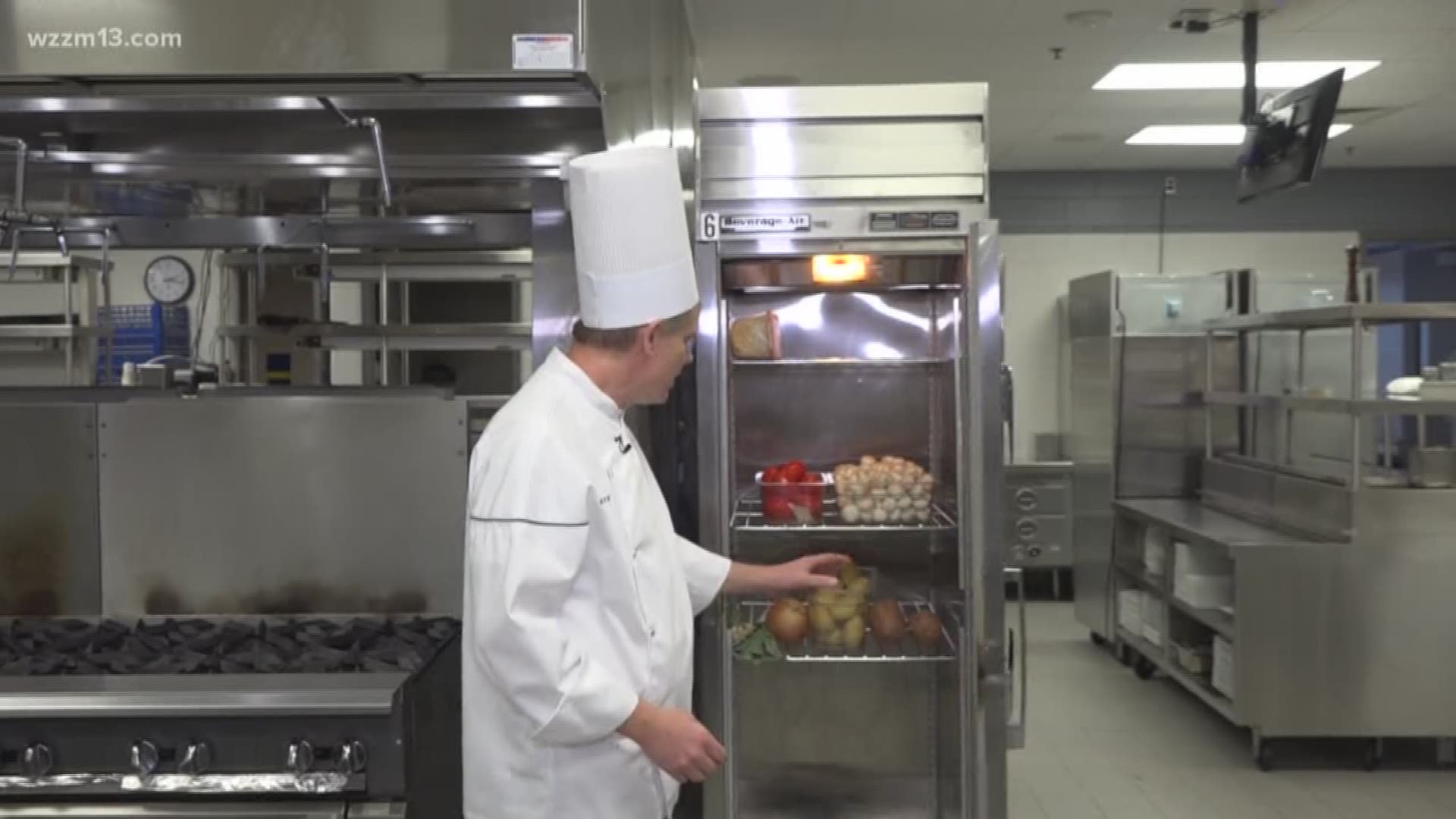GRAND RAPIDS, Mich. - As millions of Americans prepare for Thanksgiving, there’s a deadly salmonella outbreak in raw turkey products.
Public health and regulatory officials are being urged to identify the brands linked to the outbreak.
Consumer Reports is calling on the USDA to release the brands associated with the strain of salmonella. It said in a release, “This information could save lives and help ensure consumers take the precautions needed to prevent anyone in their home from getting sick.”
But a statement from USDA said, "FSIS has NOT identified a source or supplier of the product or products that are making consumers ill, but we continue to work around the clock with our federal and state public health partners to solve this. It is insulting to suggest that the agency would not move forward if we had actionable information."
The Centers for Disease Control and Prevention reports the salmonella outbreak started in November 2017. As of November 5, 2018, 164 people in 35 states have been infected - including six people in Michigan.
The drug-resistant strain has been found in live turkeys, and many types of raw turkey products. According to the CDC, that means it might be widespread in the turkey industry.
As thanksgiving approaches, the CDC said it’s okay to eat turkey, as long as it’s properly cooked.
Chef Bob Schultz, a professor at Grand Rapids Community College's Secchia Institute for Culinary Education, showed us how. He had a chicken on hand, but same rules apply.
“When you store your raw turkey, the biggest thing you want to keep in consideration, is storing it on the bottom shelf,” Schultz said, referring to the refrigerator.
You don’t want it dripping down on produce.
“Let it thaw naturally in a cooler for 4-5 days,” Schultz said.
If you’ve procrastinated, thaw it safely in your sink.
“Cold constant water, there should always be a stream coming over the turkey to help thaw it," Schultz said. "Definitely changing the water, so I usually put it on some sort of vessel, some sort of bucket.”
Make sure your space is clear, use gloves if you can, and clean your hands.
“Wash your hands for at least 20 seconds with warm, soapy water," Schultz said. "And when you wash your hands, it sounds silly, but you have to get above your hands, so about 3 inches above your wrist.”
Cooking to 165 degrees is crucial, but first, cut the ties at the top.
“What's going to happen is the breast is going to cook, but right here between the joints it's going to be raw," Schultz said. "I cut the joints, and then that helps ensure that the whole turkey is cooked, break the joints a little bit.”
Also make sure the bottom of the bird is elevated.
“Sometimes if you put a turkey in the pan it might not cook on the bottom," Schultz said. "So by cutting onions, celery, some carrots on the bottom, and then rest the turkey on top, that helps elevate it.”
The bottom of the pan is also a good place to stick stuffing.
Schultz also suggests making sure your thermometer is calibrated, and inserted far enough into the turkey.
And finally, make sure you sanitize all surfaces and utensils when you're done.
►Make it easy to keep up to date with more stories like this. Download the 13 ON YOUR SIDE app now.
Have a news tip? Email news@wzzm13.com, visit our Facebook page or Twitter.

